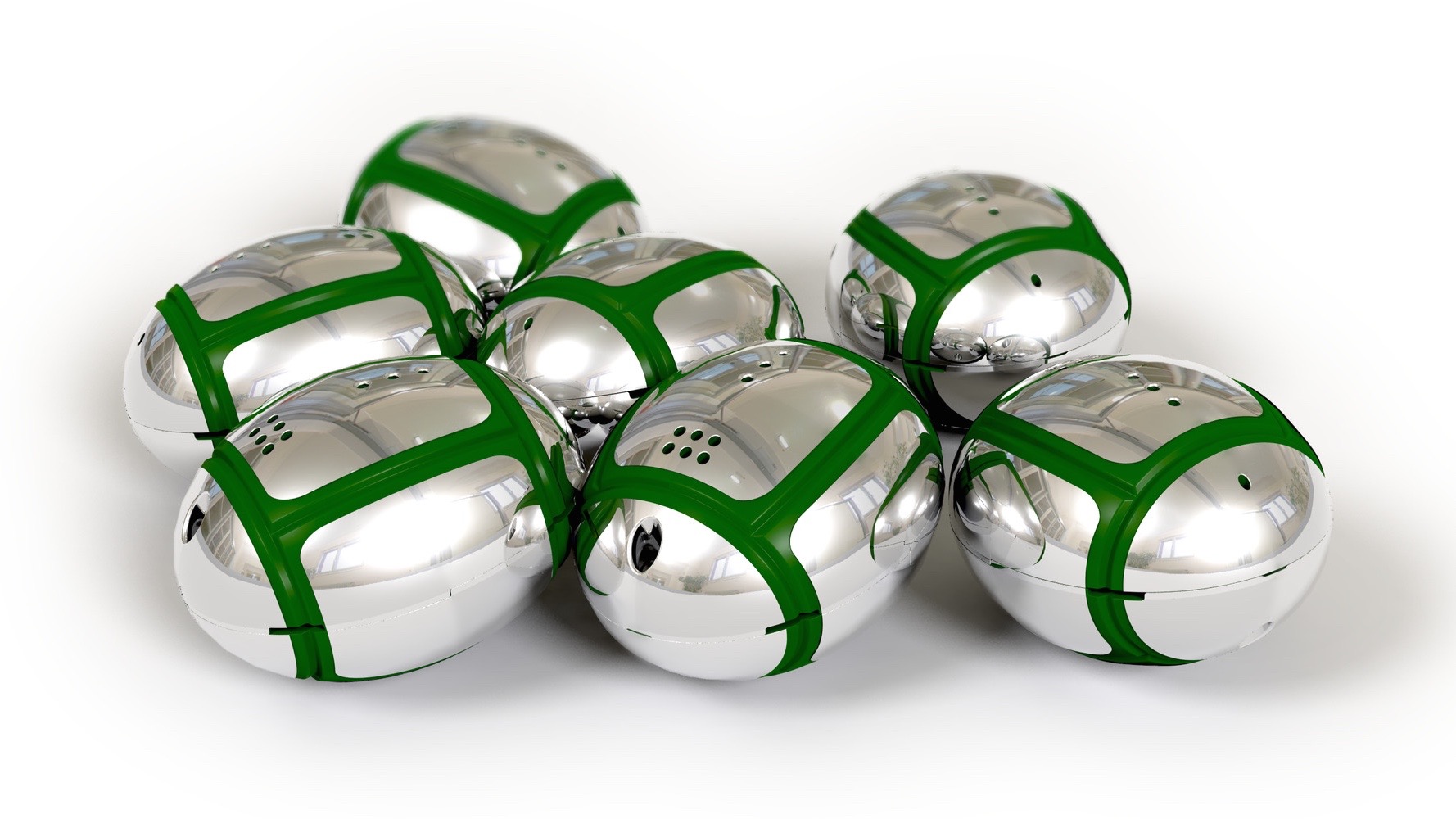

The egg-shaped creation of Finnish-American startup Tanktwo doesn’t look like an ordinary electric-car battery. It doesn’t work like one either.
The Tanktwo battery is meant to replace permanent battery packs in electric cars. The idea is for a driver to fill a container with a series of the unusually-shaped modules, which fall randomly into place like fruit in a basket. A control system then maps out electrical connections between the various modules, regardless of how they are positioned.
Charging can either be done the conventional way, by plugging in, or by simply swapping out the battery modules for fully-charged ones. Swapping only takes about three minutes, according to Tanktwo, making it a lot more convenient than conventional charging. Tanktwo also claims its system is more economical, since it allows drivers to purchase only the amount of battery capacity they need. (Kind of like buying just half a tank of gasoline, instead of filling up.)
Tanktwo claims its system can be a hedge against battery degradation as well. All electric-car battery packs lose some usable capacity over time, but this could theoretically be addressed simply by swapping in new battery modules. Tank two’s control system can also account for degraded batteries, using software to create the most efficient circuits. Tanktwo may even let customers choose to buy the newest battery modules at a premium, if it can get its product off the ground.
Battery swapping seems like an attractive idea, because it eliminates the long charging times that currently hamper electric cars. But attempts to offer battery swapping to the public haven’t gone well. An Isareli company called Better Place tried to market swapping as a subscription-based service, and ended up going bankrupt. Even Tesla has failed to make it work on a large scale.
Like previous battery-swapping schemes, Tanktwo’s would require dedicated infrastructure. But it also adds the complexity of managing all of those individual battery modules, which will degrade at different rates and will need to eventually find their way to charging stations. It’s an intriguing idea…but clearly, it still faces some serious challenges.
